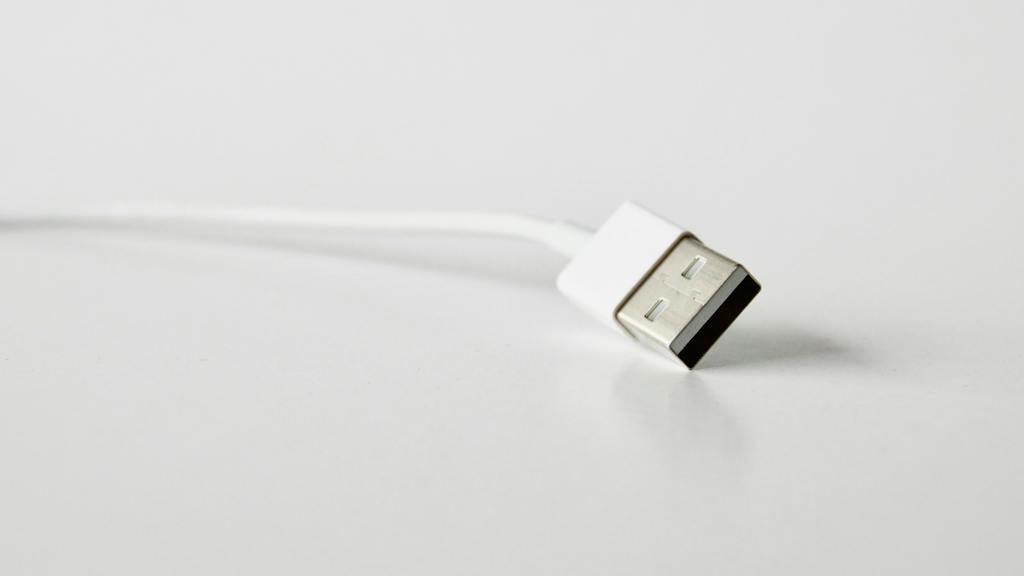
If your Windows device is unable to recognize the USB hub, then try implementing the fixes shared in this article and get rid of this issue quickly.
Almost everyone among us is habitual of using USBs. They seem an easy way of storing and transferring data. However, the users are experiencing glitches as Windows 10 doesn’t recognize USB. The system displays an error that the USB device is not recognized on Windows 10. If you are also facing a similar issue, then there’s no need to worry.
This seemingly big problem of USB not showing up on Windows 10 has a few simple and quick solutions. Today, with the help of this article, we are going to show you some of the best and most effective ways including the USB 3.0 driver download to get rid of this problem.
Best Ways to Resolve the USB Hub Not Recognized Problem in Windows
Here are some fixes that you can practice in order to solve the USB problem on your Windows computer. There’s no need to try them all out, just walk your way from the top and stop when you find the one trick that solves the issue.
Fix 1: Restart Your Windows Device
When Windows fails to identify a USB device, a simple approach like rebooting the computer may fix the issue. Overworked systems act abnormally and fail to recognize the USB. Restart your computer after removing the USB device and waiting a few seconds. Do not unplug the USB cable until the computer has finished booting. Hopefully, problems like Windows computer not recognizing a USB hub will no longer occur.
Fix 2: Try Using a Different Port
If you’re having problems with one USB hub not recognized, try using the other one. You may use this to find out whether the problem is with the device or the port. If your device doesn’t have an additional port, skip this step. Proceed to the next patch if the device is functional in another port.
Fix 3: Unplug All Other USB Devices
Conflicts arise when many USB devices are connected to a single computer simultaneously. The end effect is that Windows 10 will show the “USB device not recognized” error. So, before you reconnect the USB device you want to use with your computer, make sure you disconnect all the other USB ports.
Also know: How to Recover Deleted Files From USB Flash Drive?
Fix 4: Update Your USB Driver
If the above three fixes do not work to solve your USB hub issue, then the error is in the drivers. You need to update the USB drives to run the port properly. “How to fix my USB hub not recognized in a Windows device?” is a common question, although driver problems are often to blame. If this is the case, updating the USB drivers should resolve the issue. In order to manually update the drivers, you may use the Device Manager. It is somewhat hard to update the drivers manually, however, if you follow the instructions below correctly it’s an easy process.
Step 1
Click on the Start menu and search for the Device Manager tool in it.
Step 2
A new window will pop up in front of you showing all the device drivers present on your computer.
Step 3
Scroll down and look for the ‘Universal Serial Bus Controllers’ section. Expand it by clicking on the arrow icon next to it.
Step 4
Right-click on the USB Root Hub driver and select the Properties option from the context menu.
Step 5
On the Properties window, make your way to the Driver tab. Over there, click on the Update Driver button to proceed further.
Step 6
A new window will appear on your screen, go with the “Search automatically for drivers” option.
Step 7
Now, wait for some time and then follow the instructions shown on the setup wizard window.
After installing the driver onto your computer, restart it and check if the issue is gone or not. If not, try fixing it using a troubleshooting tool.
Fix 5: Run Windows Troubleshooter
Windows has a ton of features and tools to offer to its users, Windows Troubleshooter is one of them. As its name suggests, you can fix any sort of problem you are facing on your computer with this. Check out the steps below as they will guide you through the whole process.
Step 1
Search for Troubleshoot Settings in the taskbar’s search bar.
Step 2
Now, under the Recommended troubleshooting heading, click on the Additional troubleshooters option.
Step 3
Look for the Hardware and Devices option under the Find and Fix Other Problems section.
Step 4
Click on Hardware and Devices to expand it, then click on the Run the troubleshooter button to start the process.
Step 5
Follow the on-screen instructions to complete the process successfully.
After fixing the problems, reboot your system and there you go, your issue is now resolved.
Also know: Solutions for Power Surge on the USB Port Windows 10 Error
Wrapping Up
We hope that the above-shared methods have helped you fix the problem you were facing with your USB hub. If the issue still persists, contact your computer’s manufacturer or take it to a nearby repair center. There might be some physical damage on your USB port due to which this issue is arising. Moreover, if you feel like adding something to this problem-solving blog, then share it in the comments section below.